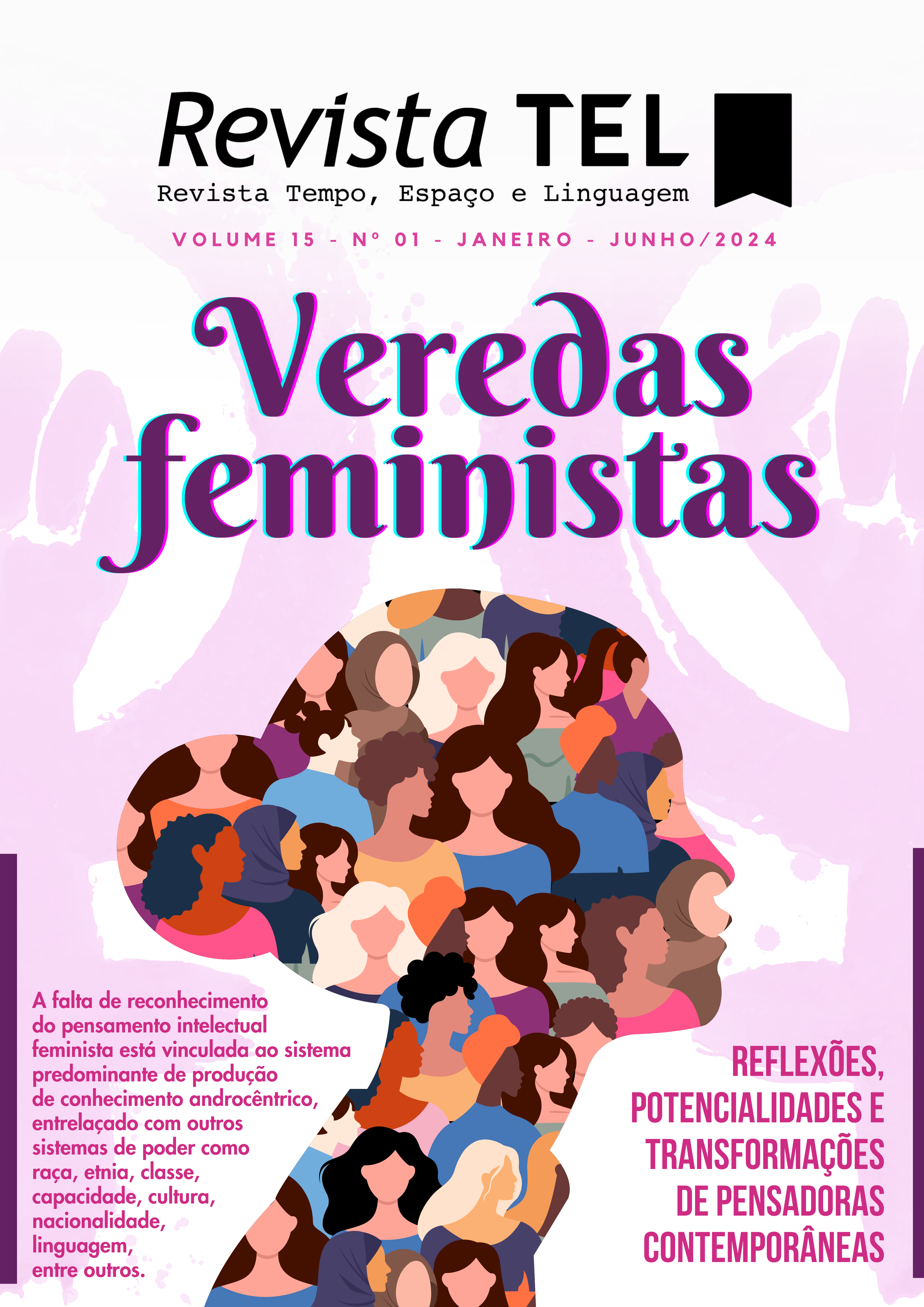The Body as a space of dispute
Images of control vs. the power of self-definition
DOI:
https://doi.org/10.5935/2177-6644.20240002Abstract
Considering that the body is a central theme in different feminist debates, in this article I take the Brazilian case as a basis, carrying out a comparative analysis between two literary works: the book “Histórias de Tia Nastácia”, by Monteiro Lobato, and “Tudo Nela Brilha e Queima”, by Ryane Leão. I seek to articulate these readings and the concepts of images of control, self-definition and epistemicide. My purpose is to understand how images of control, used as a way to separate black women into stereotypes, serve to categorize them into three main categories: matriarchs, mules and sexually deviant women from a certain standard, and imprison them in a supposed corporeal destiny, while at the same time moving them away from a self-defined bodily experience. By comparing the two works in question, I intend to question the use of images of control in Brazilian literature, bringing to light one of the tools to combat epistemic racism, the potential of self-definition.
Downloads
Metrics
Downloads
Published
Issue
Section
License
Copyright (c) 2023 TEL Tempo, Espaço e Linguagem

This work is licensed under a Creative Commons Attribution 4.0 International License.
Authors are authorized to accept additional contracts separately, for the non-exclusive distribution of the version of the work published by this journal (ex.: to publish in institutional repository or as a chapter in a book), acknowledging authorship and the initial publication by this journal.






